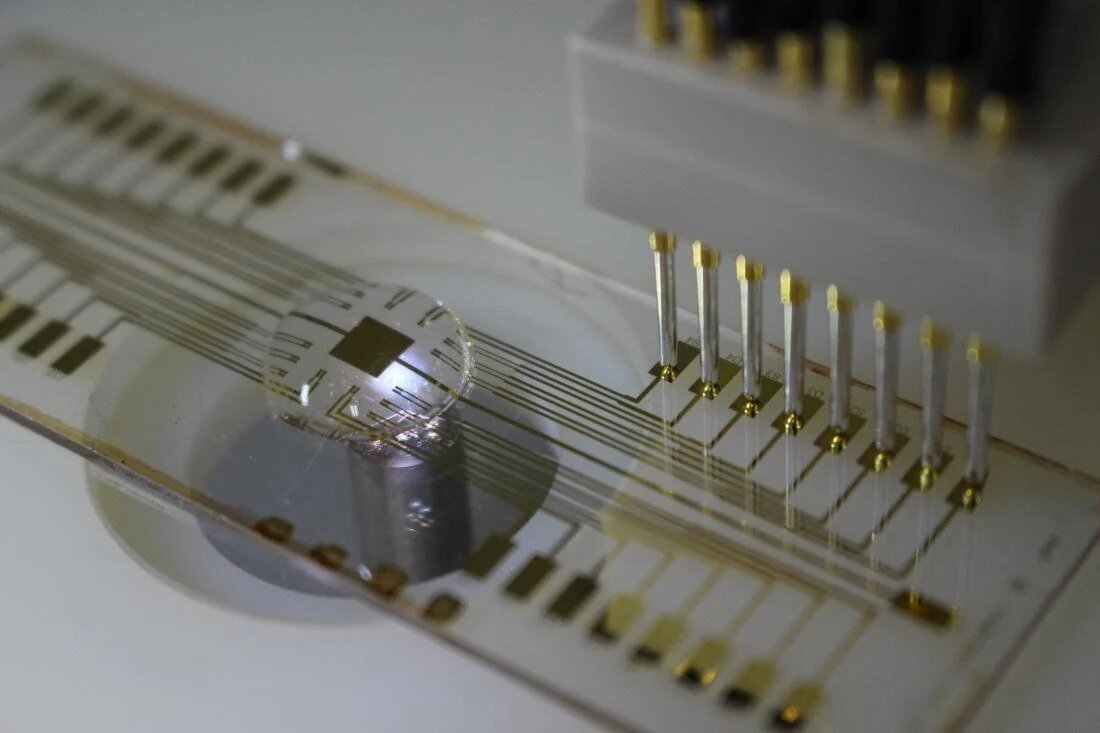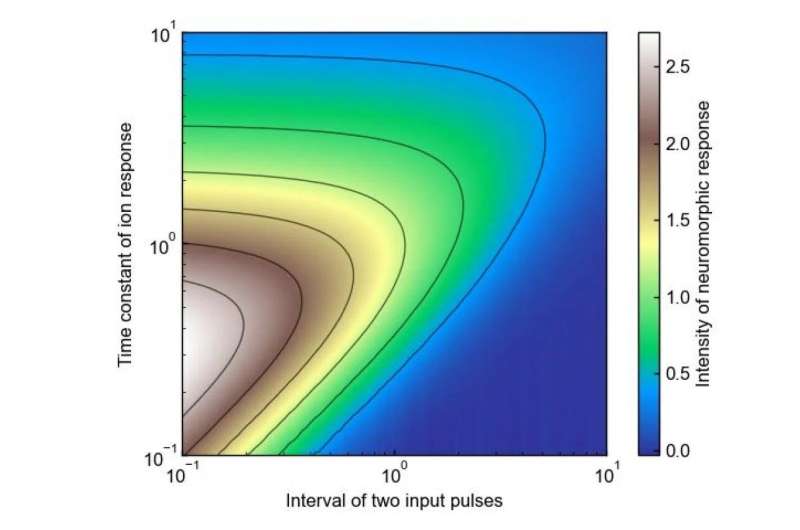
Rational design guidelines for neuromorphic devices

Maps are essential for exploring trackless wilderness or vast expanses of ocean. The same is true for scientific studies that try to open up new fields and develop brand-new devices. A journey without maps and signposts tends to end in vain.
In the world of “neuromorphic devices,” an electronic device that mimics neural cells such as our brain, researchers have long been forced to travel without maps. Such devices will lead to a fresh field of brain-inspired computers with substantial benefits such as low-energy consumption. But its operation mechanism has remained unclear, particularly in regards to controlling the response speed control.
A research group from Tohoku University and the University of Cambridge brought clarity in a recent study published in the journal Advanced Electronic Materials on January 13, 2022.
They looked into organic electrochemical transistors (OECT), which are often applied in neuromorphic devices and control the movement of the ion in the active layer. The analysis revealed that response timescale depends on the size of ion in the electrolyte.
Based on these experimental results, the group modeled the neuromorphic response of the devices. Comparisons of the data showed that movements of the ions in the OECT controlled the response. This indicates tuning the timescale for ion movement can be an effective way to regulate the neuromorphic behavior of OECTs.
“We obtained a map that provides rational design guidelines for neuromorphic devices through changing ion size and material composition in the active layer,” said Shunsuke Yamamoto, paper corresponding author and assistant professor at Tohoku University’s Graduate School of Engineering. “Further studies will pave the way for application to artificial neural networks and lead to better and more precise designs of the conducting polymer materials used in this field.”

Shunsuke Yamamoto et al, Correlation between Transient Response and Neuromorphic Behavior in Organic Electrochemical Transistors, Advanced Electronic Materials (2022). DOI: 10.1002/aelm.202101186
Citation:
Rational design guidelines for neuromorphic devices (2022, January 14)
retrieved 14 January 2022
from https://techxplore.com/news/2022-01-rational-guidelines-neuromorphic-devices.html
This document is subject to copyright. Apart from any fair dealing for the purpose of private study or research, no
part may be reproduced without the written permission. The content is provided for information purposes only.
Stay connected with us on social media platform for instant update click here to join our Twitter, & Facebook
We are now on Telegram. Click here to join our channel (@TechiUpdate) and stay updated with the latest Technology headlines.
For all the latest Technology News Click Here
For the latest news and updates, follow us on Google News.

